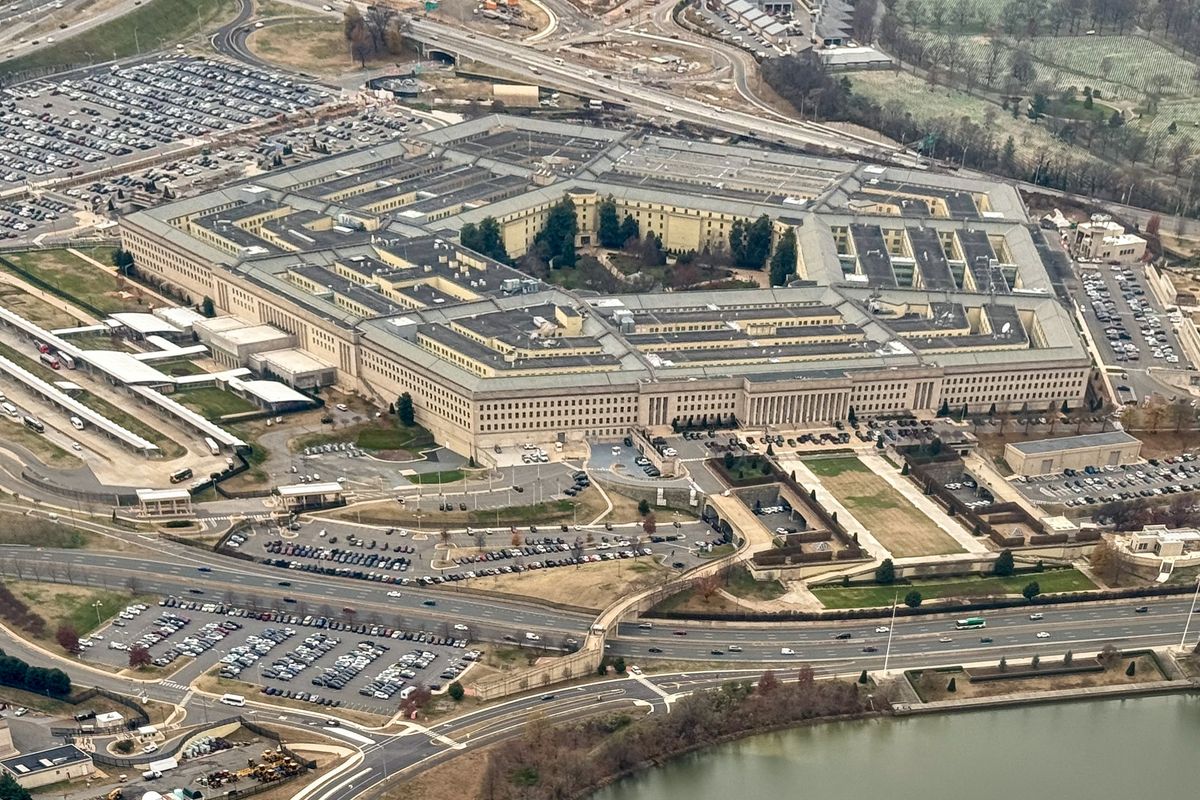The story of the Tortoise and the Hare is well-known across cultures. In some countries, the plot is adjusted and the animals change and become, for example, a grasshopper and an ant. But just about every society tells the cautionary tale of the Hare who runs quickly ahead, only to be beaten by the Tortoise with her plodding but unwavering pace.
There's a lesson in this story for followers of national security issues. Most of the topics that grab our attention are like Hares: high velocity and showy. We pay attention to them because they're impossible to ignore. And like hares and rabbits, there's always plenty of them. Our recent history is littered with one mini-crisis after another. How many of us still think about the assassination of Russian opposition politician Boris Nemtsov this February or even the ongoing conflict in Yemen?
Our constant focus on the always-turning carousel of foreign policy crises is understandable, but it also prevents us from noticing the Tortoise-like issues that grow with each passing day. In the national security context, the Tortoise-like issue “wins the race” when it “suddenly” presents itself as a much more worrying problem than the Hare ever was. But the Tortoise really didn't just appear in a blink; it's been heading our way all along, but we just never saw it.
Two issues during my CIA career alerted me to this sense-making trap. The first was the emergence of China as a major power. More than a decade ago, I was reviewing some academic research that projected the share of world power various countries would have by the year 2025. And I was surprised to see that China would by then rank as #2. I wasn't just surprised; I was angry at myself, because I should have noticed the trend much sooner. In China's case, population size and economic growth were combining to win the race.
The second issue that seemed to appear in a blink but had been heading our way all along was the problem of Muslim immigrants living in Europe. The attacks of September 11, 2001 were led by young men who came to know each other in Hamburg, Germany; most of the subsequent acts of terrorism, including the heinous attacks in Paris, have been carried out by European Union nationals. The immigration of Muslims to European countries began shortly after the end of World War II. Could we have picked up earlier on the problems of assimilation and radicalization in some Muslim communities there? In hindsight, we would all say we should have tried. The reason we didn't is that it was not a high-profile issue but yet another Tortoise that snuck up on us.
The classic definition of wicked problems—i.e. problems that are difficult to solve—strikes me as not very nourishing. In my experience, almost all wicked problems begin as Tortoises, slow but steadily advancing dynamics that eventually present themselves in metastatic form. The most important job of an intelligence team, whether in government or in business, should be to identify early on the Tortoises in the race, and yet that almost never happens. In the U.S., it is always difficult to get any official to pay attention to a problem that may only manifest after her term in office ends. In corporations, it's the drive for near-term shareholder value that often pushes out long-term thinking.
Many Tortoises are in motion today. A good practice would be to devote a strategy meeting to identifying the slow but steadily advancing dynamics that few are talking about. Let me start you off by nominating one I've been contemplating for the last five years or so: the coming Population Implosion. The official UN population projections, revised earlier this year, contain several trendlines. The media headlines have focused on the projection that another four billion people could be added to the planet by the end of this century. Remarkably little attention is paid, however, to the fact that in all likelihood world population will begin to decline by the end of this century. Much depends upon population growth in Africa. If birthrates decline there faster than the UN currently anticipates, world population could stabilize as early as 2070.
What a stunning development that would be! To its credit, the Wall Street Journal took note of this possibility in an article last month, observing that the slow economic recovery in the US may be a result of the declining labor pool in the US and the West. 2100 may seem a long way away, but the deceleration in population growth will be felt much sooner, probably by mid-century, and is of course already having an impact on countries such as Japan, Russia, and in Western Europe.
Governments and businesses in the second half of this century will be navigating an unfamiliar landscape. For example, demographic and economic growth are inextricably linked; with a flat or shrinking population, demand for many goods and services will decline. With fewer workers, tax bases will shrink; investment accounts that assume constant economic growth will underperform. Declining populations could also affect instruments of national power by limiting the size of militaries and perhaps reducing the citizenry's appetite for military conflicts that disproportionately kill off the nation's young.
We will all be wrong about some of these individual projections but that shouldn't deter us from trying to imagine what a no-growth world would mean. And there are certainly other Tortoises out there, plodding through the undergrowth undetected. Take a break from the chasing of one headline after another and think about the day after tomorrow. It comes sooner than you think.












